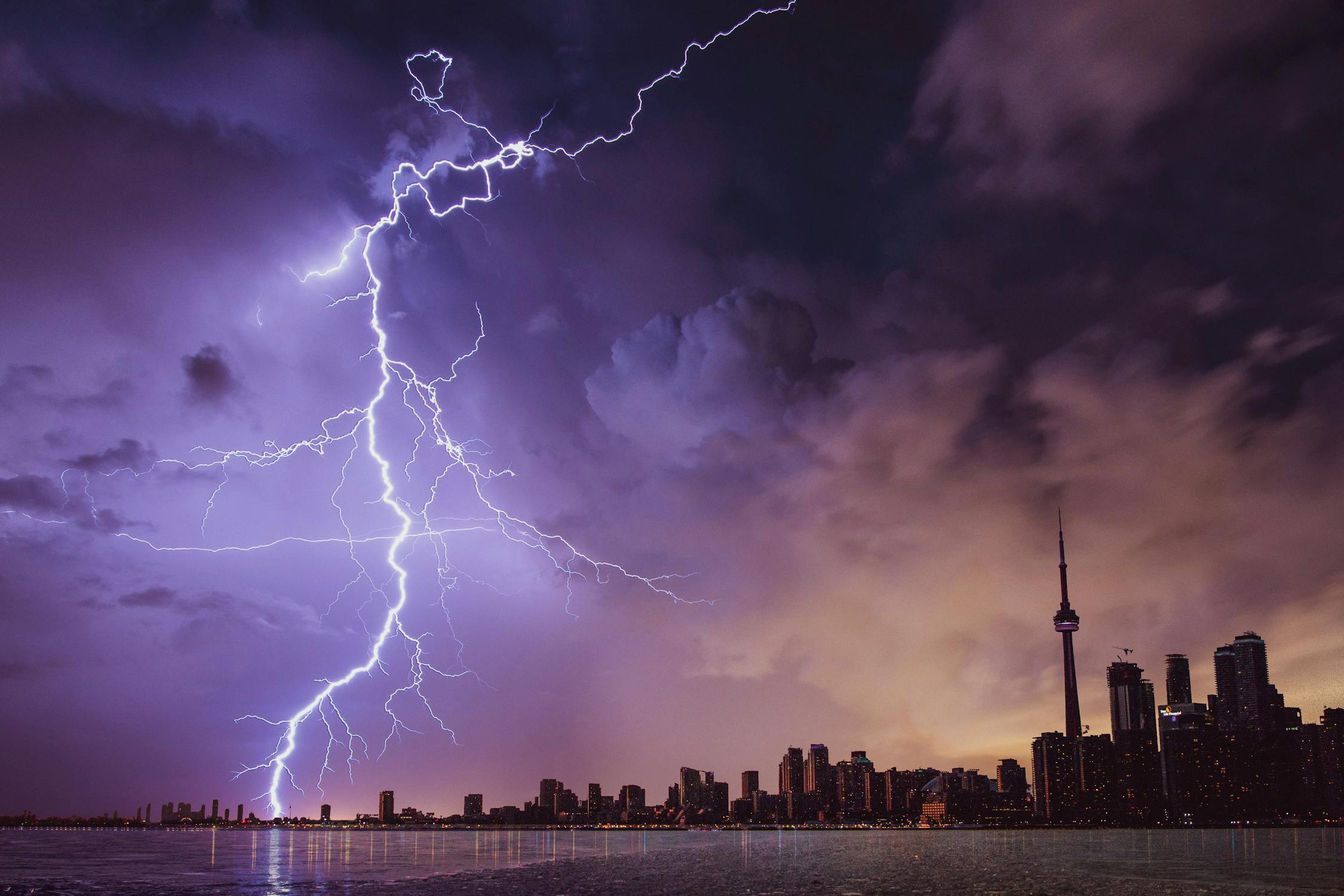Story structure is the invisible skeleton that holds your novel together. Without it, even brilliant characters and beautiful prose can leave readers feeling unsatisfied. Understanding structure gives you a roadmap to creating compelling, well-paced stories that readers can't put down.
Why Structure Matters
Structure isn't a creative constraint—it's a creative tool. Just like a building needs a frame, your story needs structure to:
The Three-Act Structure
This is the foundation of most successful novels:
Act I: Setup (25% of your novel)
Purpose: Introduce your character, their world, and the central conflict
Key Elements:
Example Timeline (80,000-word novel):
Act II: Confrontation (50% of your novel)
Purpose: Character pursues their goal while facing escalating obstacles
First Half (Act IIA):
Midpoint (Critical!):
Second Half (Act IIB):
Act III: Resolution (25% of your novel)
Purpose: Final confrontation and resolution
Key Elements:
Essential Plot Points Explained
The Hook (Page 1)
Start with action, conflict, or an intriguing situation. Avoid:
Good hooks show:
Inciting Incident (10-15% in)
The event that disrupts your character's normal world and starts the story proper.
Examples:
Important: This should happen early. If readers have to wait too long for the story to start, they'll stop reading.
Plot Point 1 (25% in)
Character makes a choice or commitment that propels them into Act II. There's no going back to their old life.
This is when:
Midpoint (50% in)
The story's center of gravity. Everything before leads to this; everything after flows from it.
Types of midpoints:
Plot Point 2 (75% in)
The crisis or dark moment. Character has lost everything or faces their greatest fear. This sets up the final act.
This forces your character to:
Advanced Structure Elements
Character Arc Integration
Your plot structure should mirror your character's emotional journey:
Act I: Character living with their lie/wound
Act II-A: Character pursuing external goal with old methods
Midpoint: Character begins to question their beliefs
Act II-B: Old methods fail; character must change
Act III: Character embraces truth and achieves goal
Subplot Weaving
Subplots should have their own mini three-act structures that interweave with the main plot:
Pacing Techniques
Vary scene length:
Use the "Yes, but/No, and" technique:
Genre Structure Variations
Mystery/Thriller
Romance
Fantasy/Sci-Fi
Common Structure Mistakes
Starting too late: Info-dumping before the real story begins
Weak midpoint: Nothing significant happens at the center
Sagging second act: No clear direction or escalating conflict
Rushed ending: Not enough space for satisfying resolution
Unearned climax: Character hasn't grown enough to face final challenge
Planning Your Structure
The Index Card Method
The Spreadsheet Approach
Create columns for:
The Beat Sheet
List your major plot points with approximate page numbers:
Testing Your Structure
Ask these questions:
Beyond the Basics
Once you master three-act structure, explore:
The Freedom in Structure
Understanding structure doesn't limit creativity—it enhances it. When you know the rules, you can break them intentionally for effect. But first, master the fundamentals.
Structure is like learning to drive: once it becomes second nature, you can focus on the scenery instead of worrying about crashing.
Your readers are taking a journey with you. Give them a roadmap they can trust, and they'll follow you anywhere.
